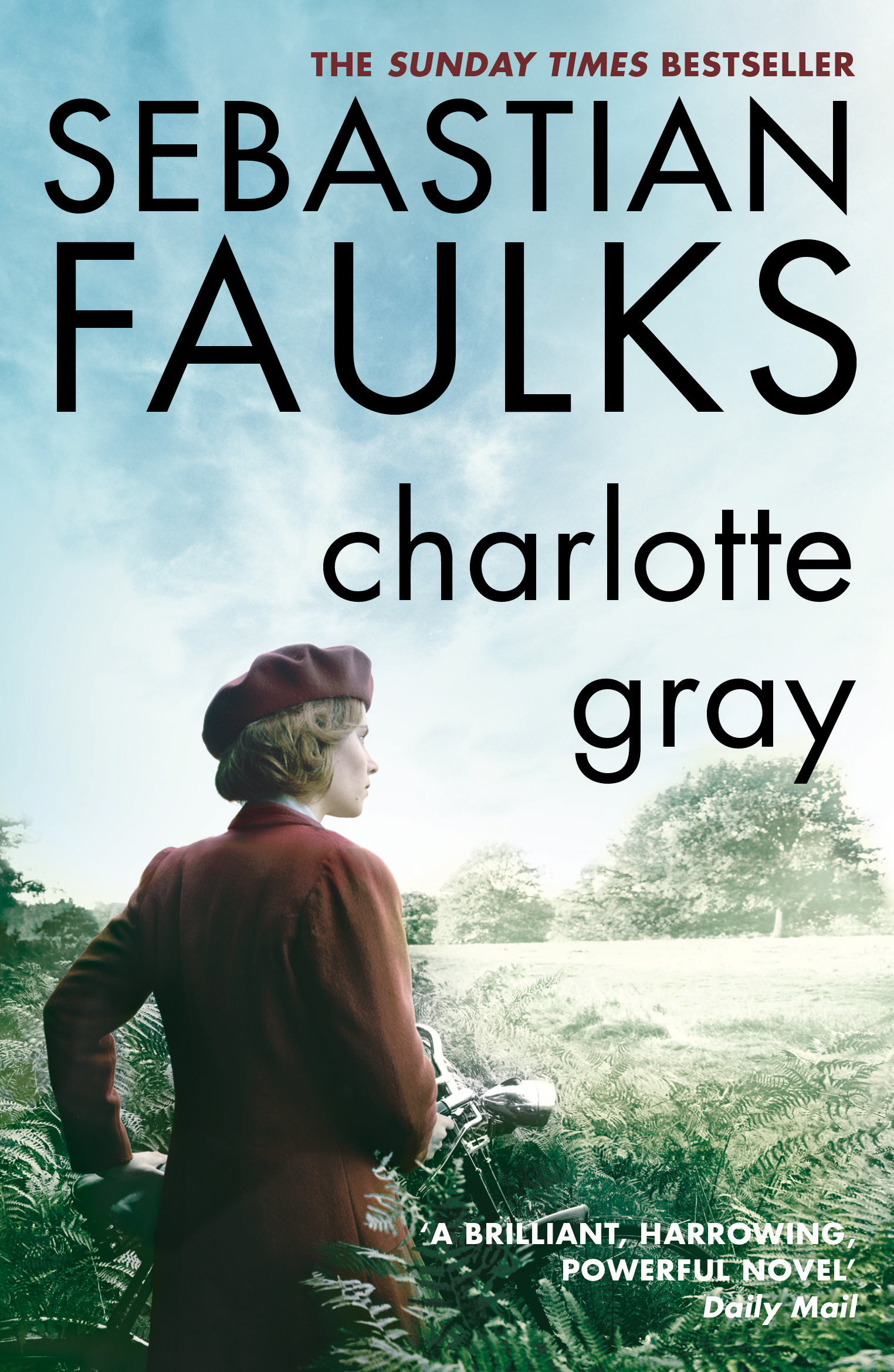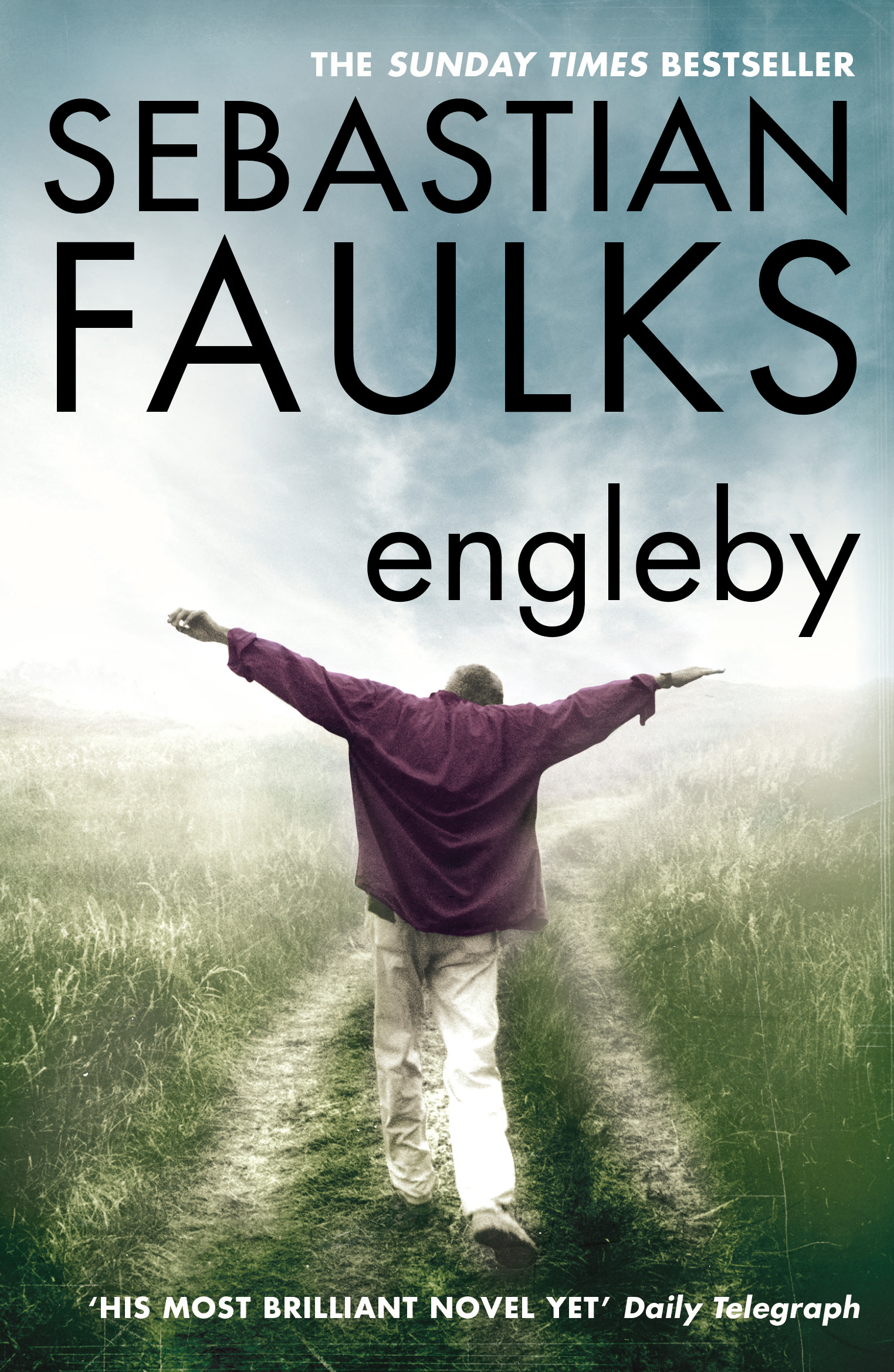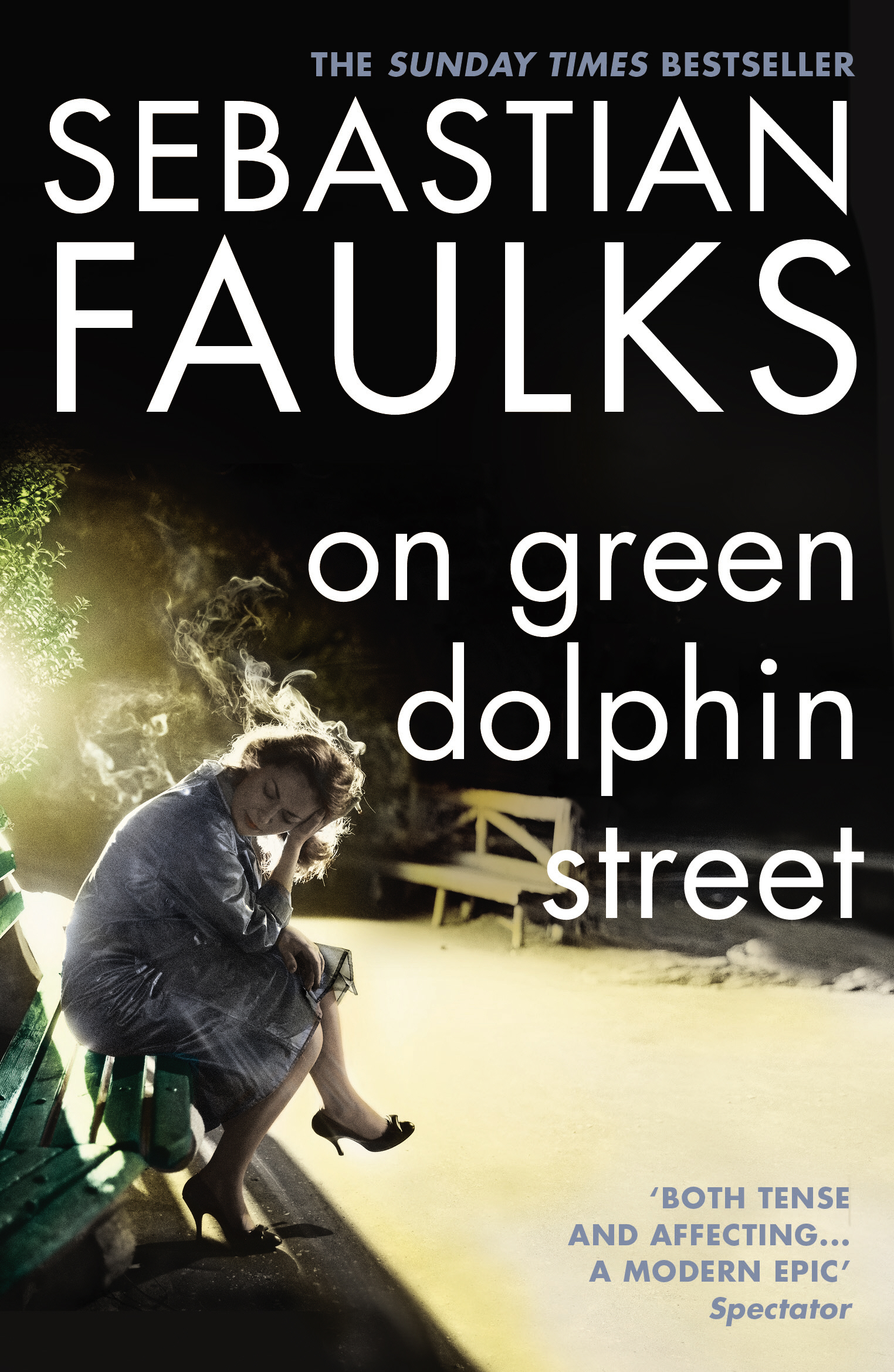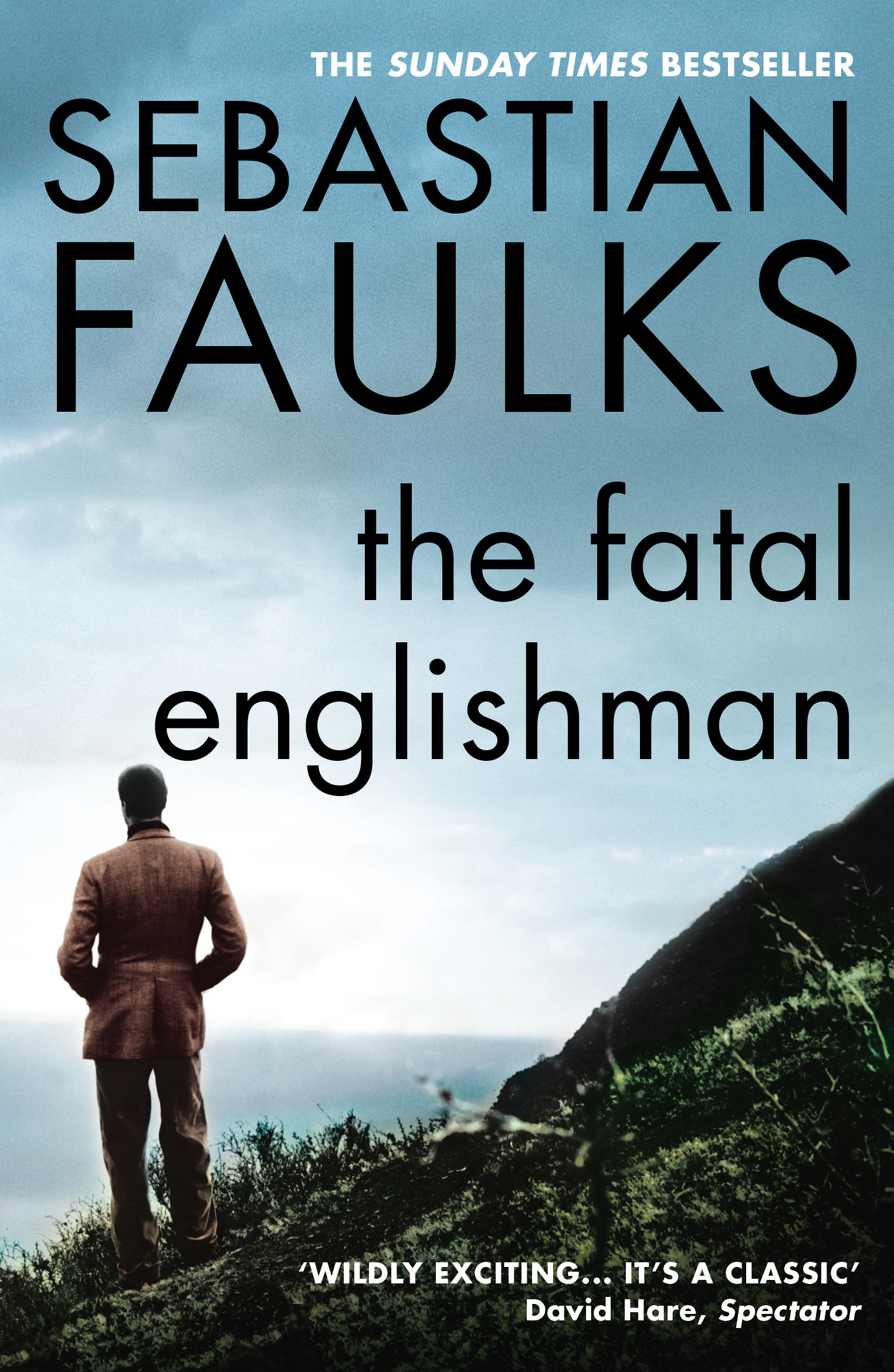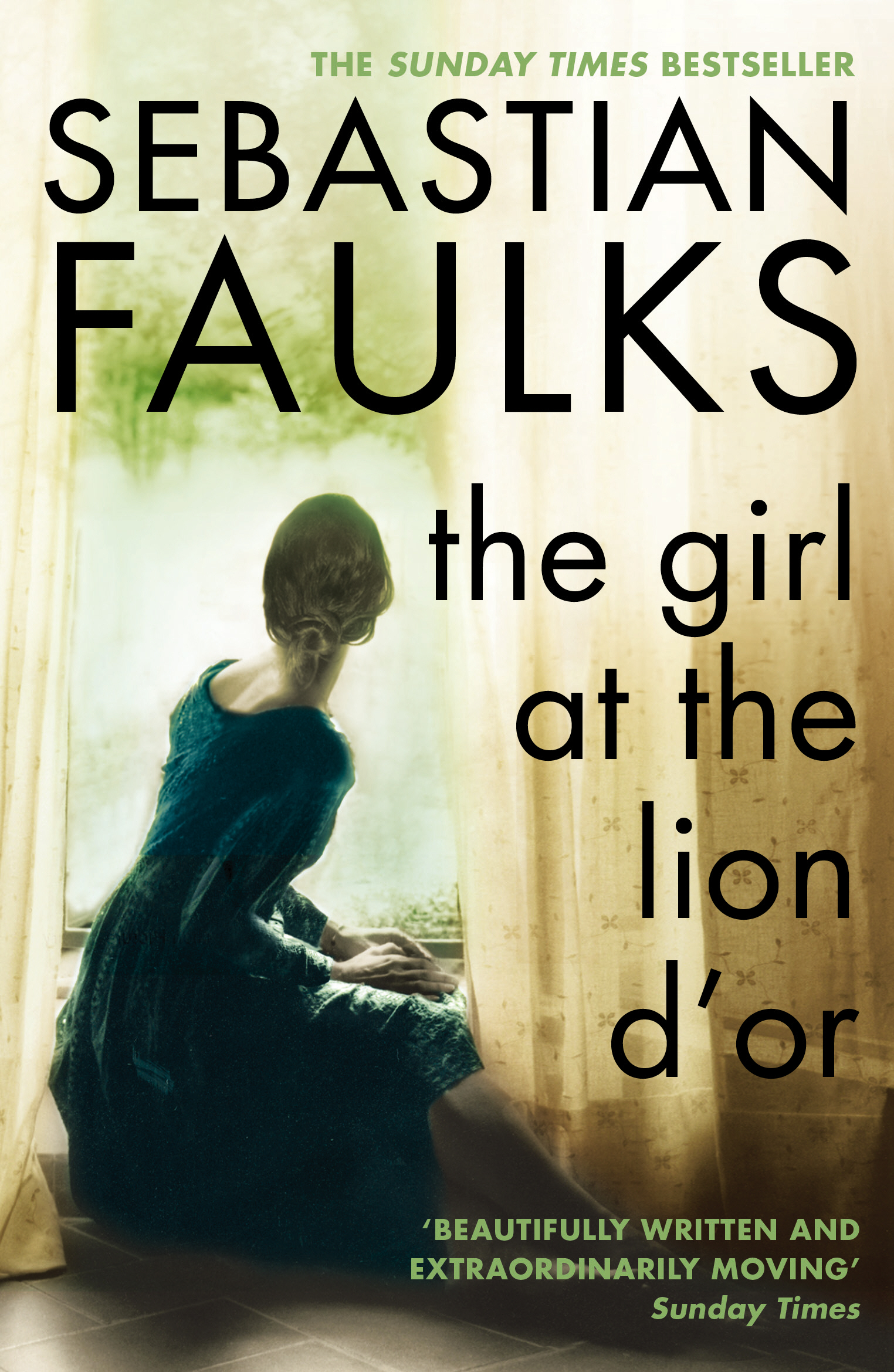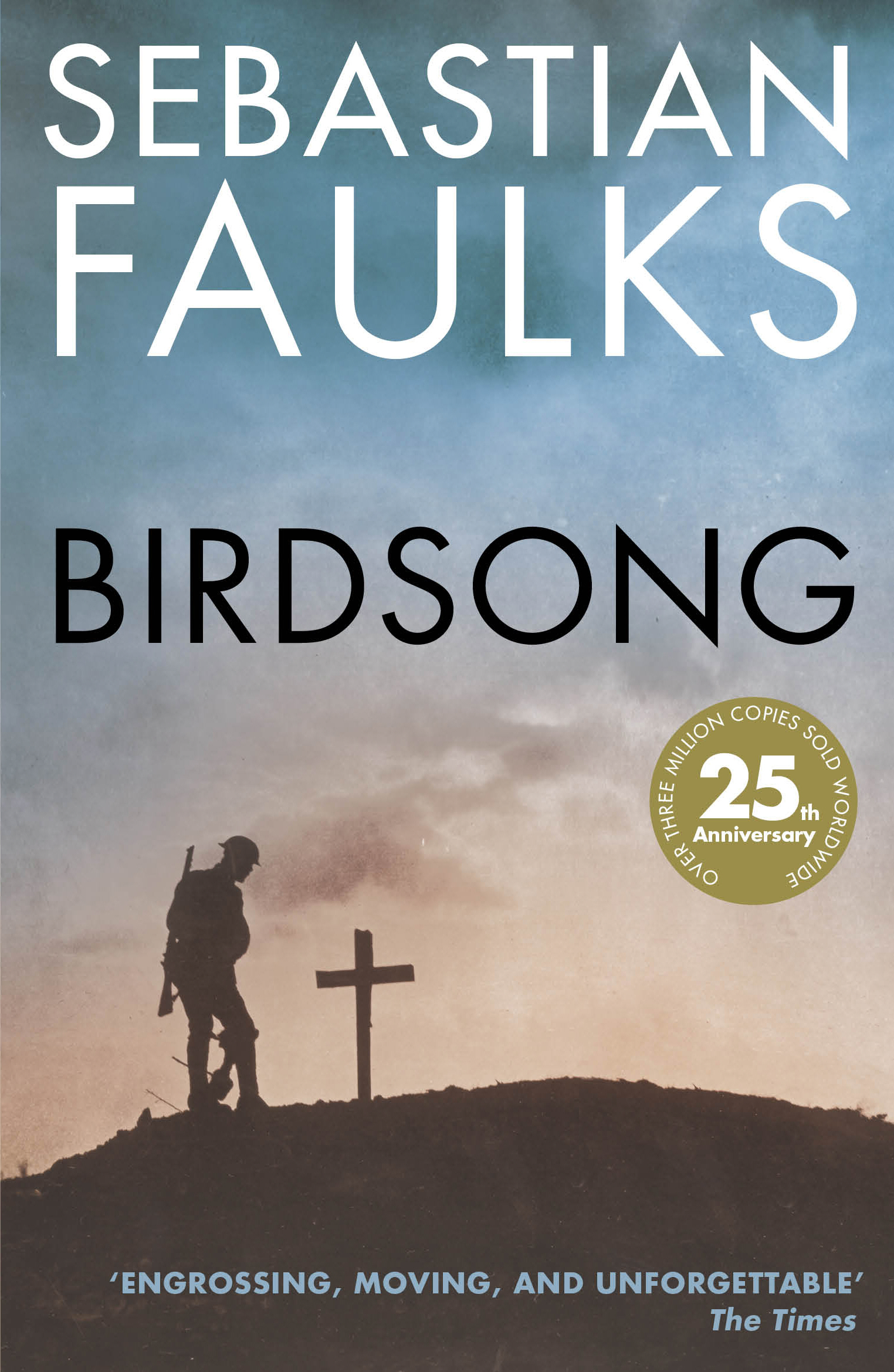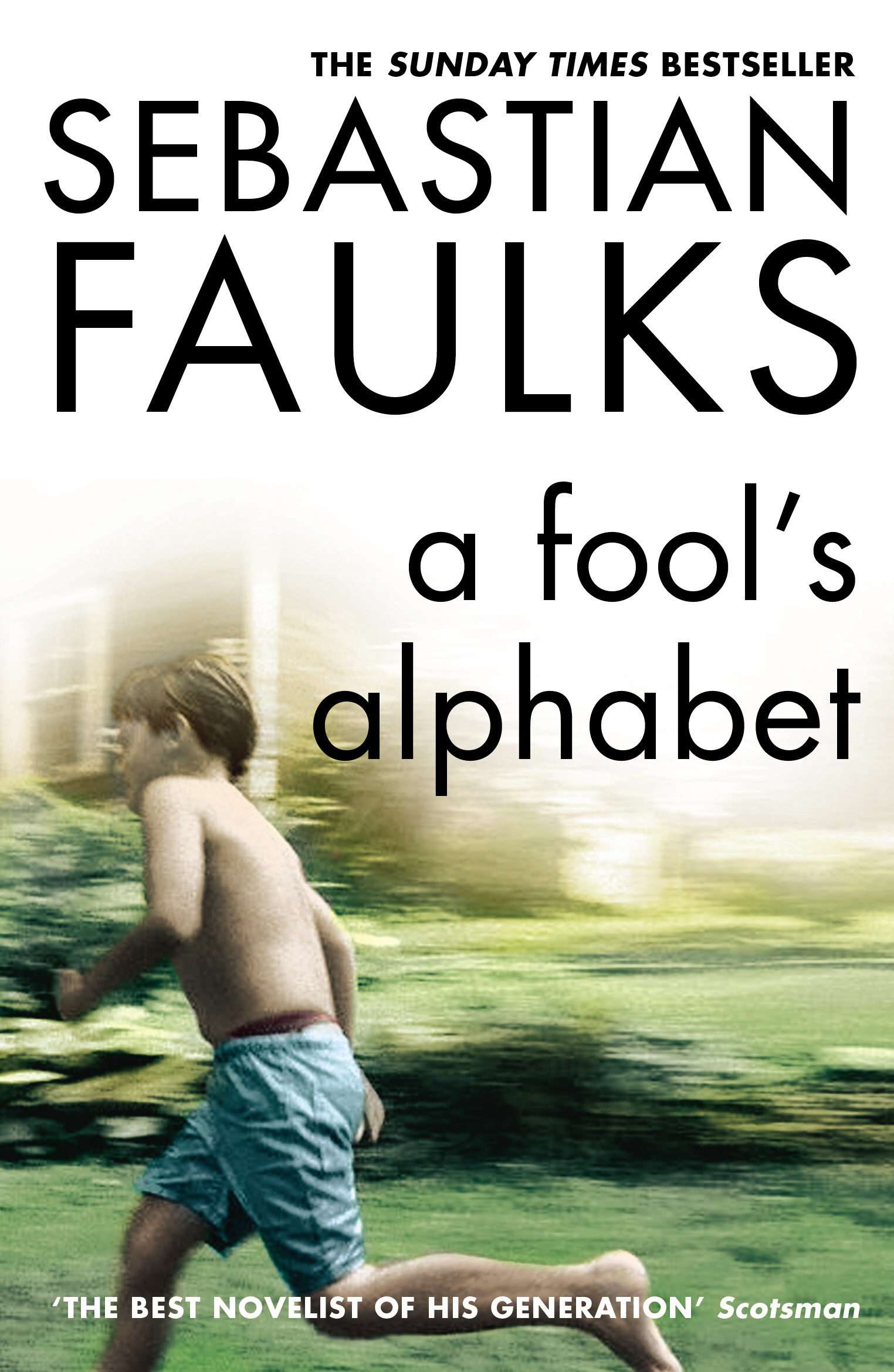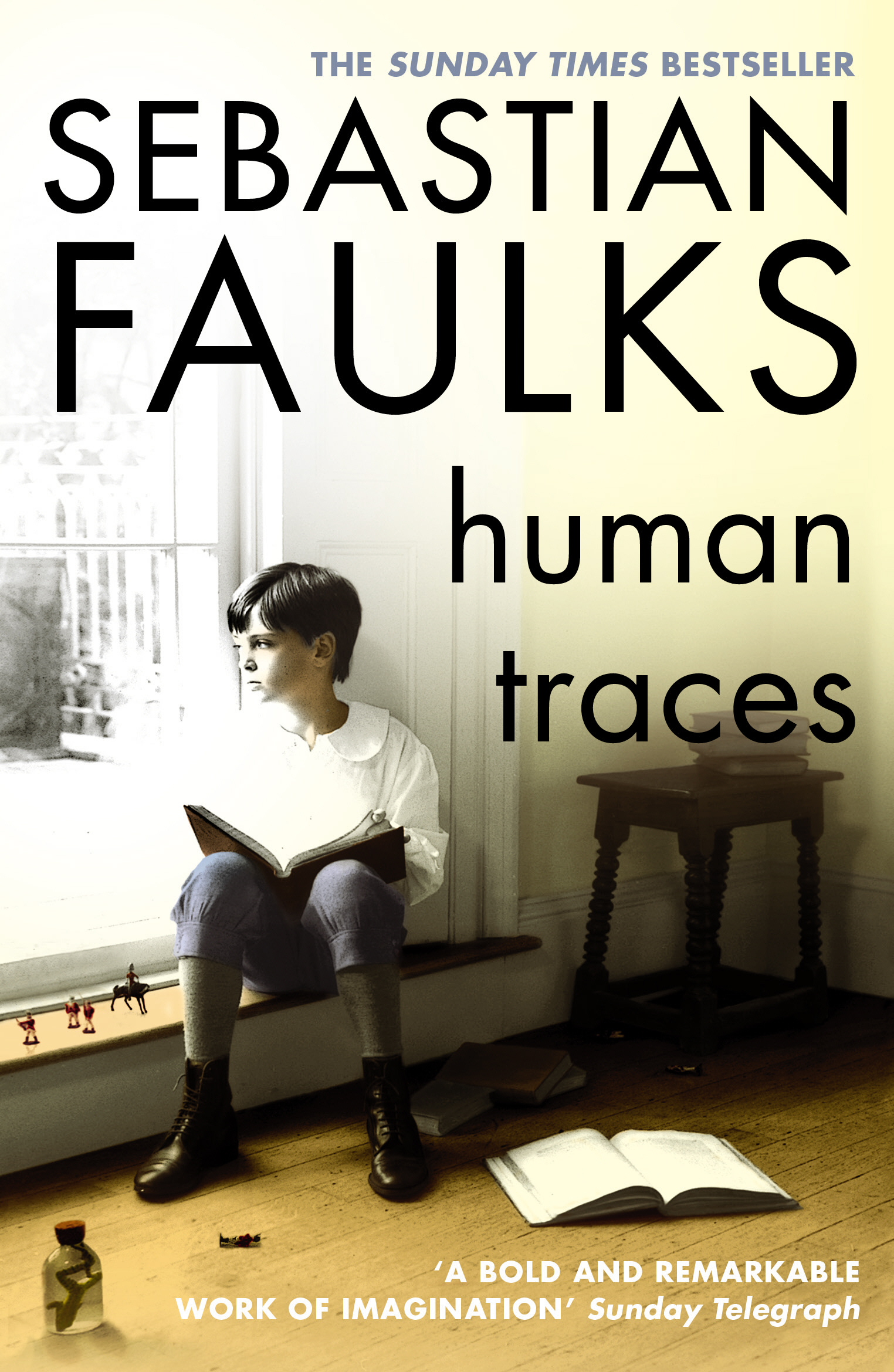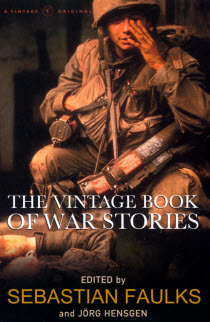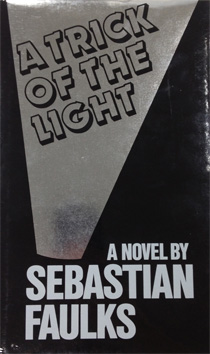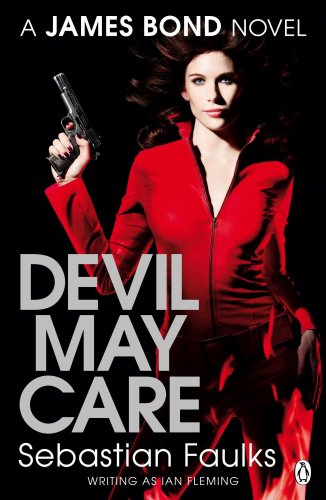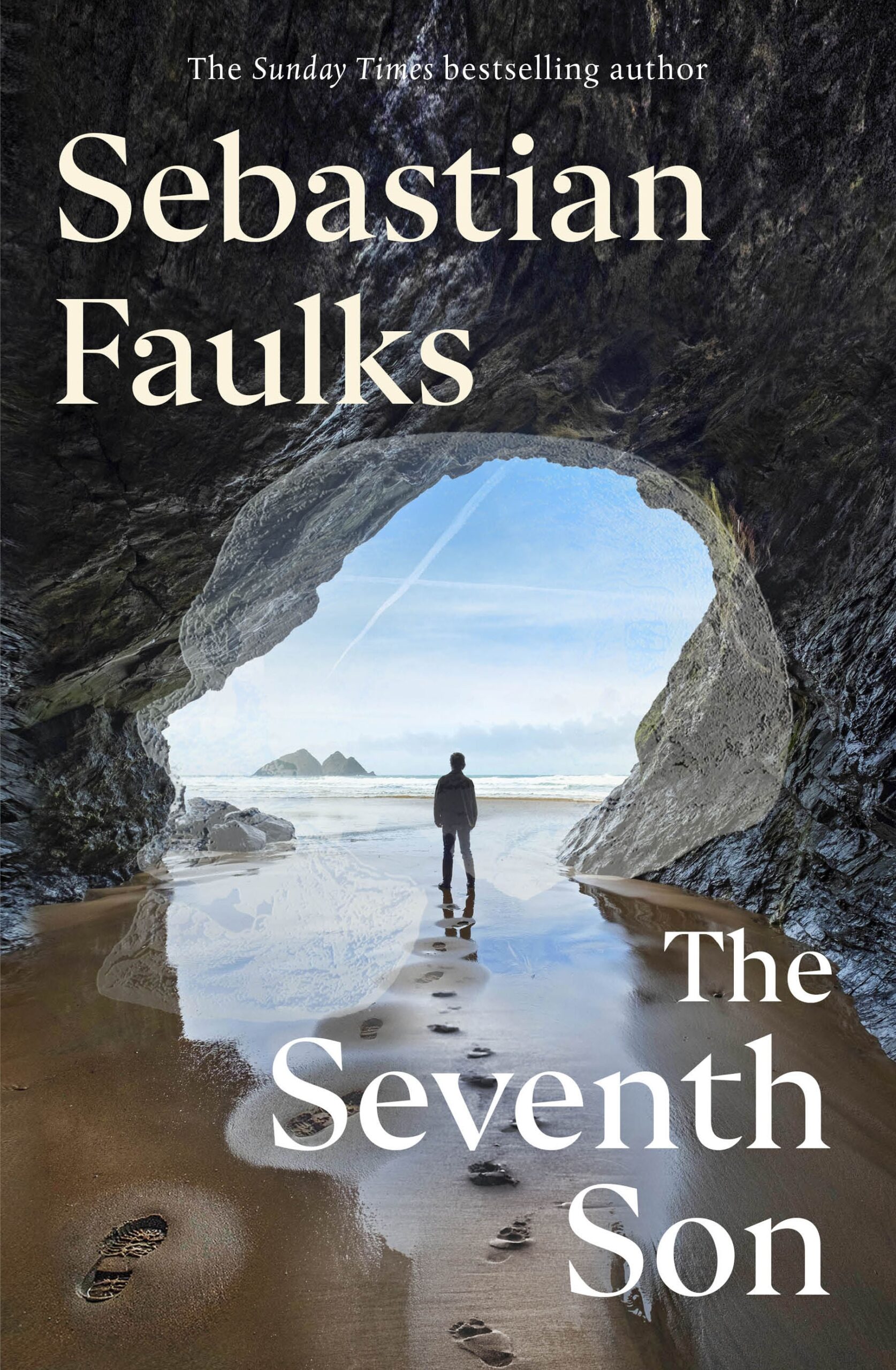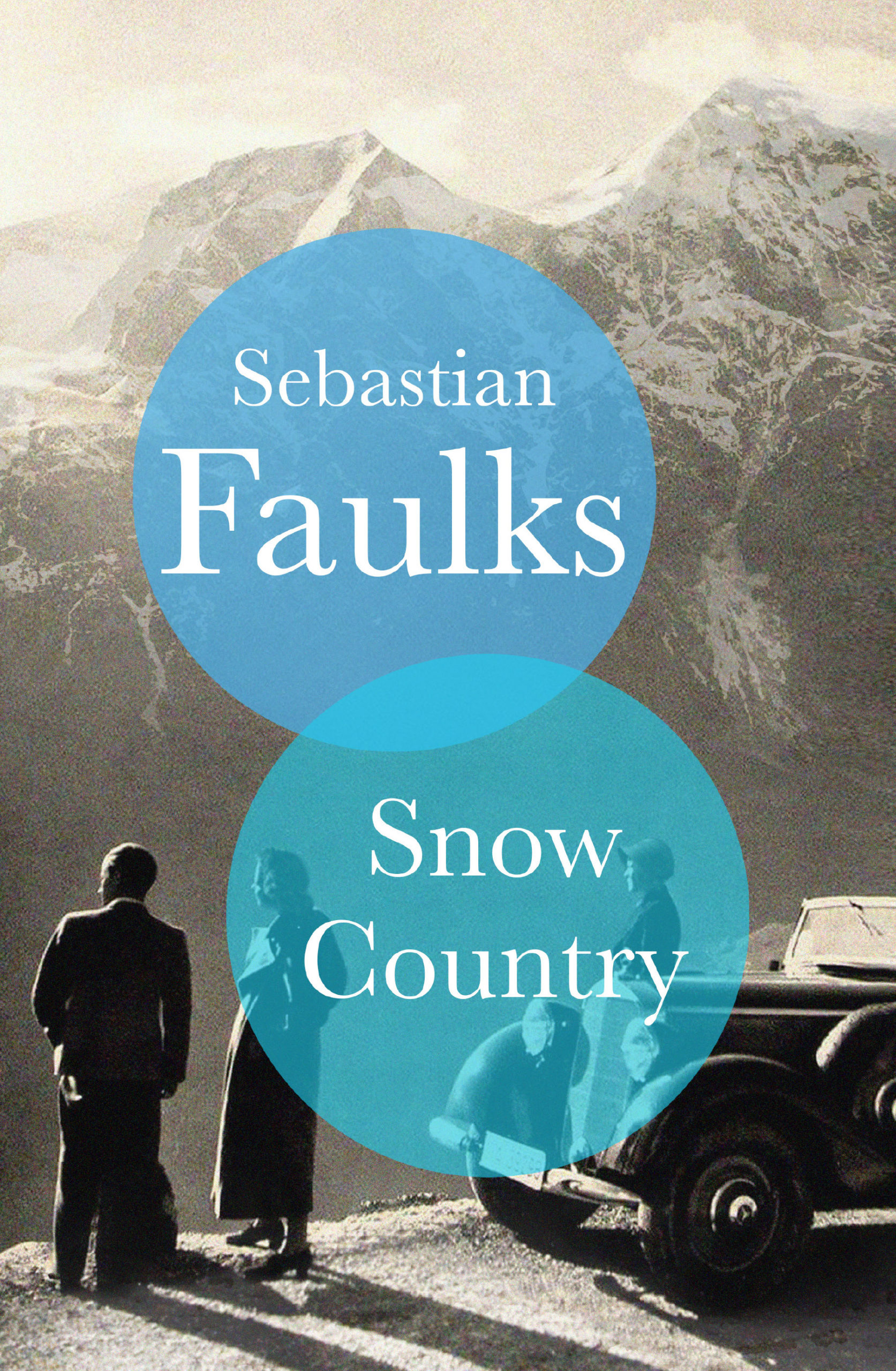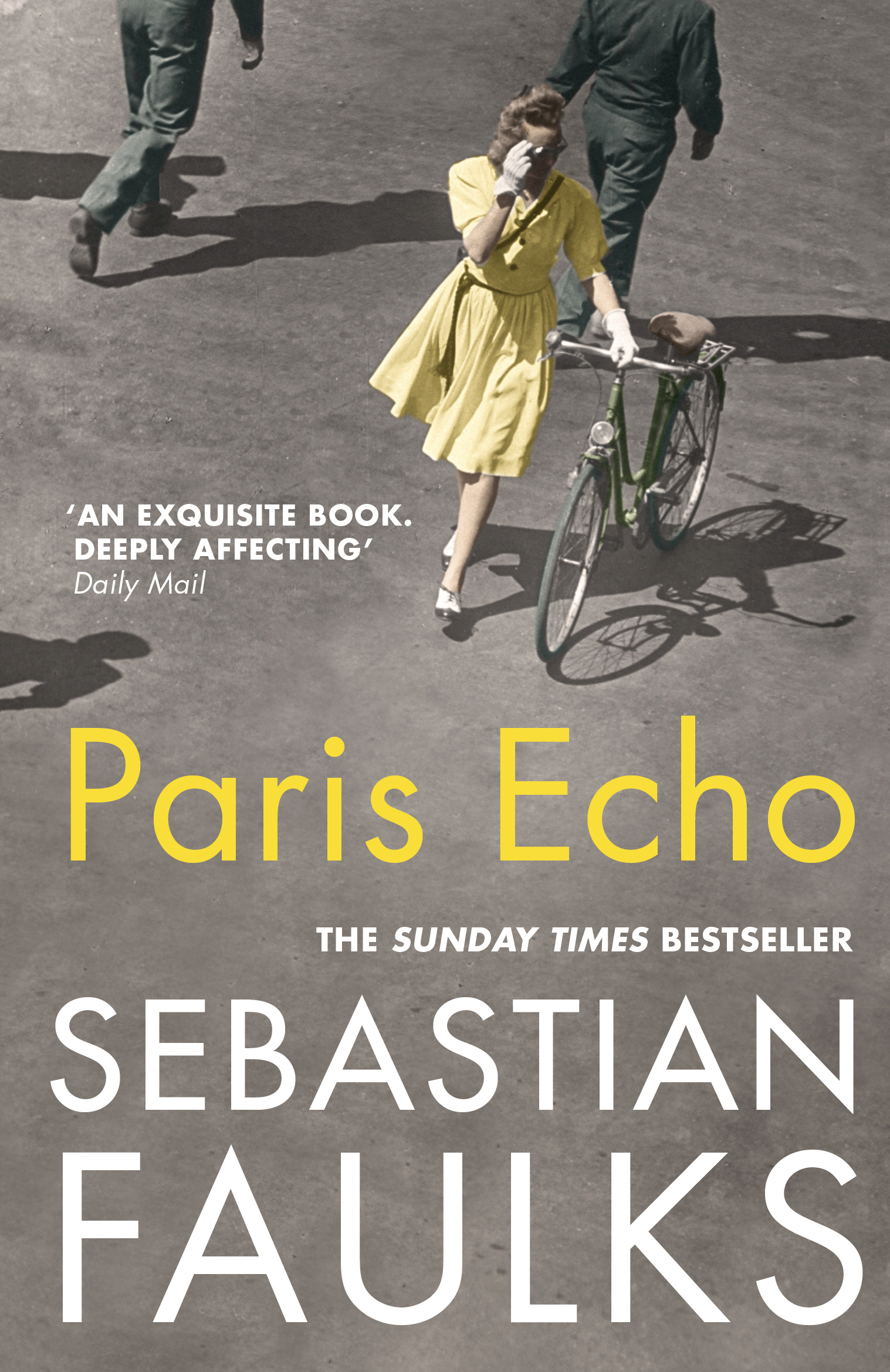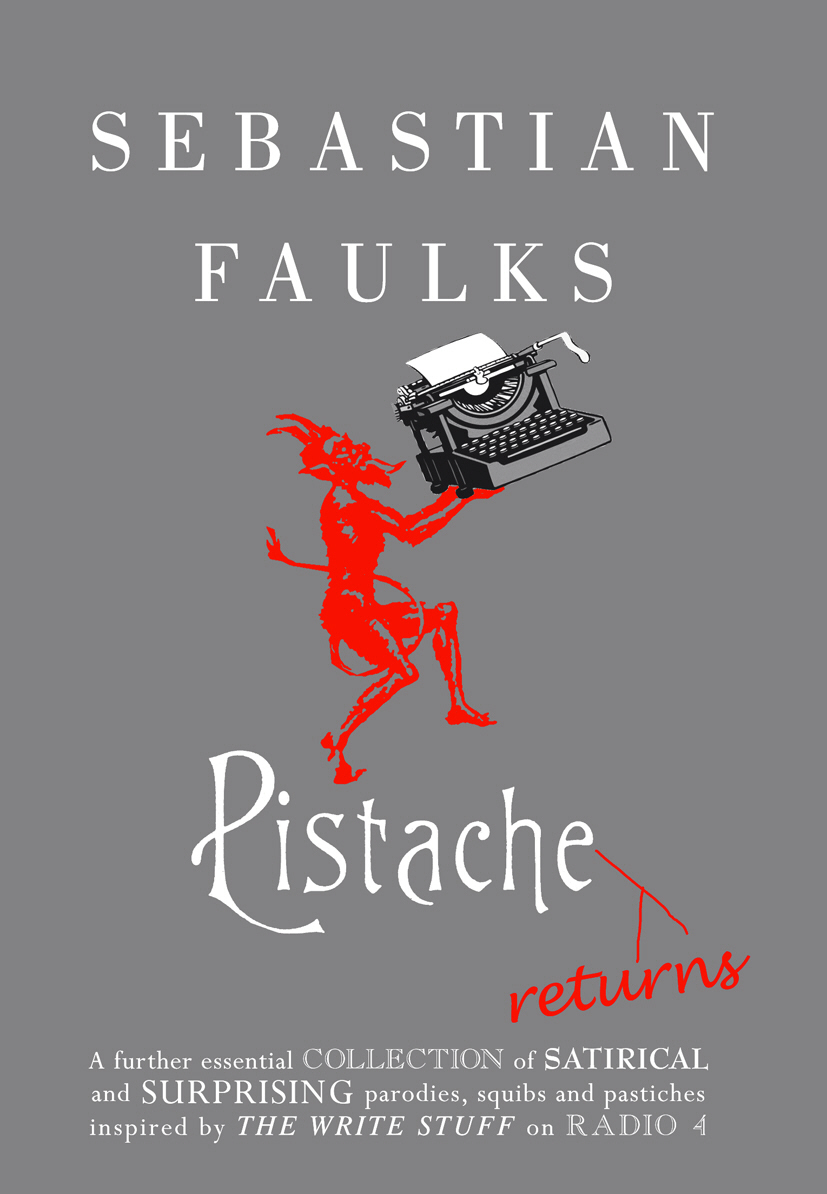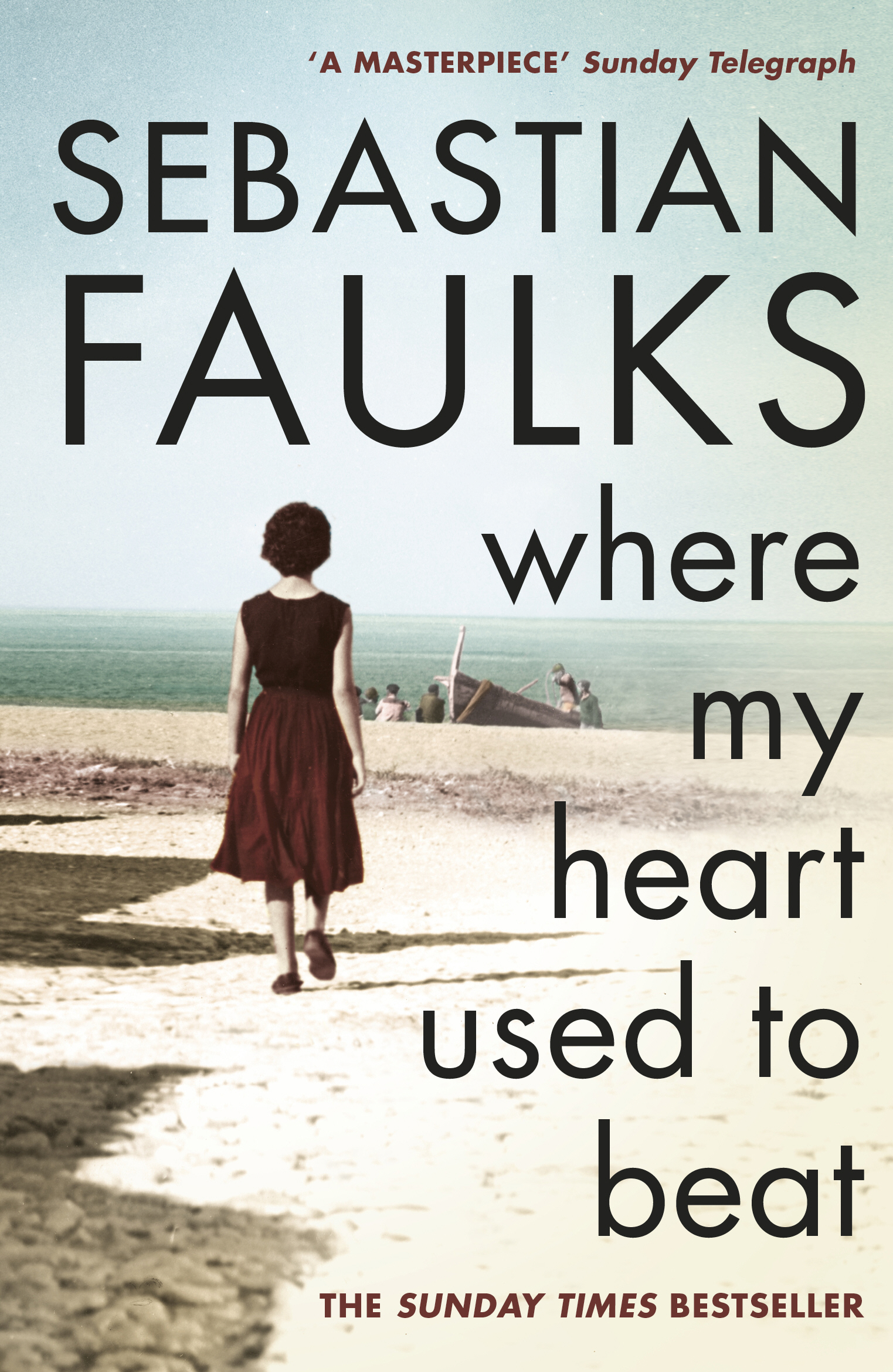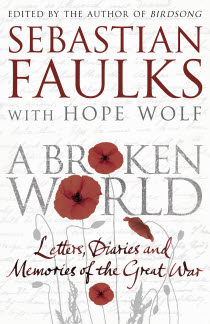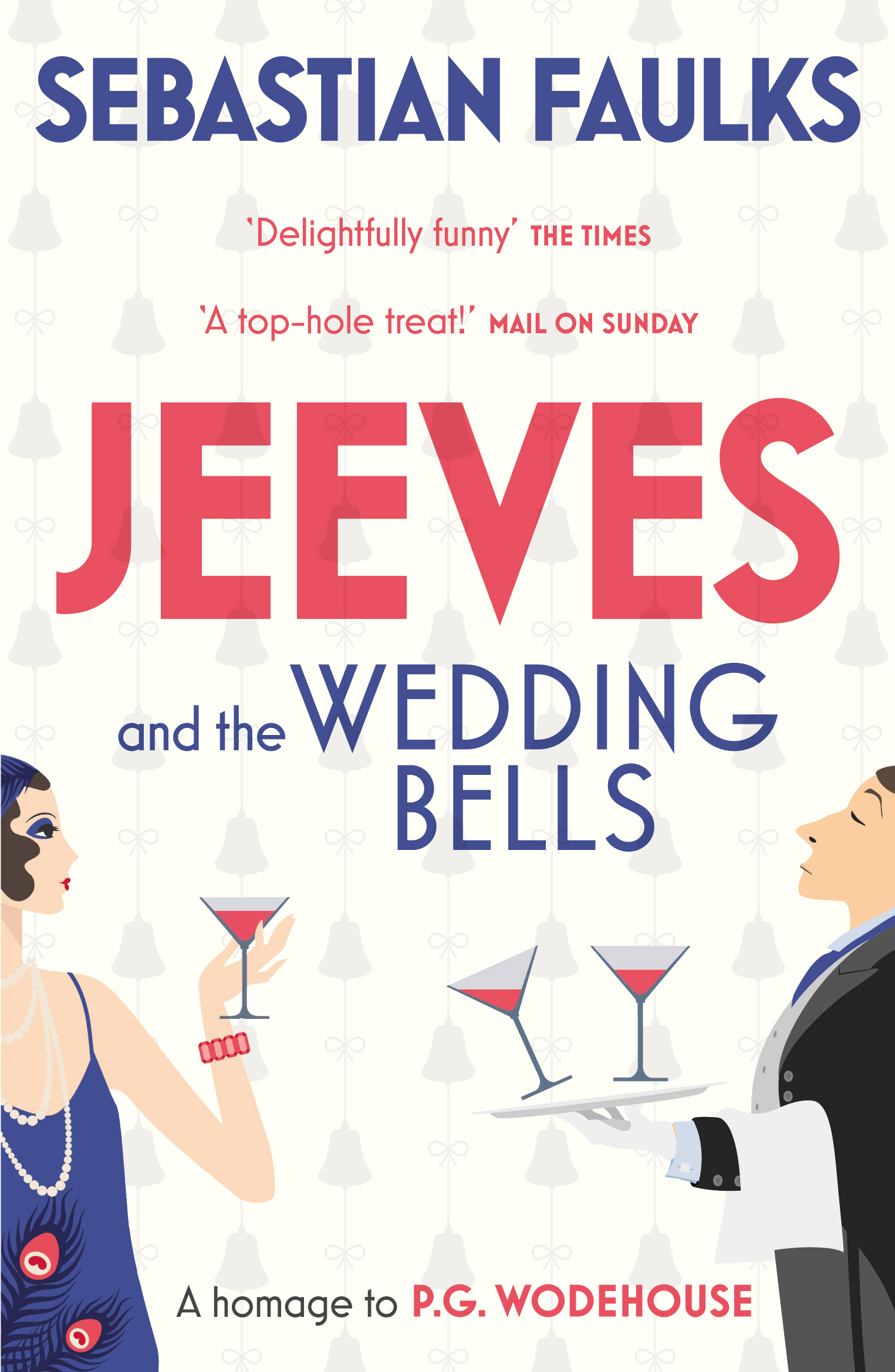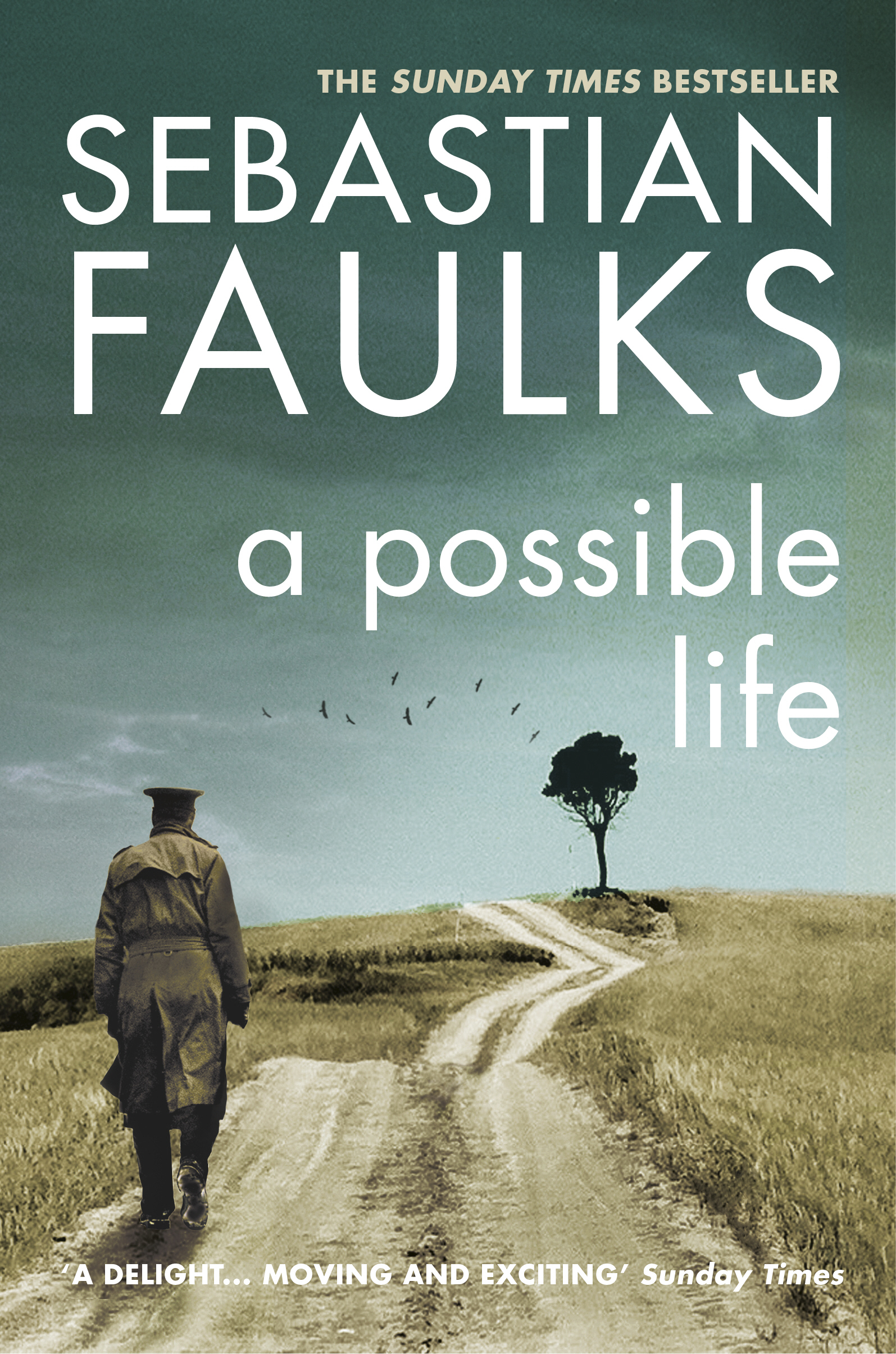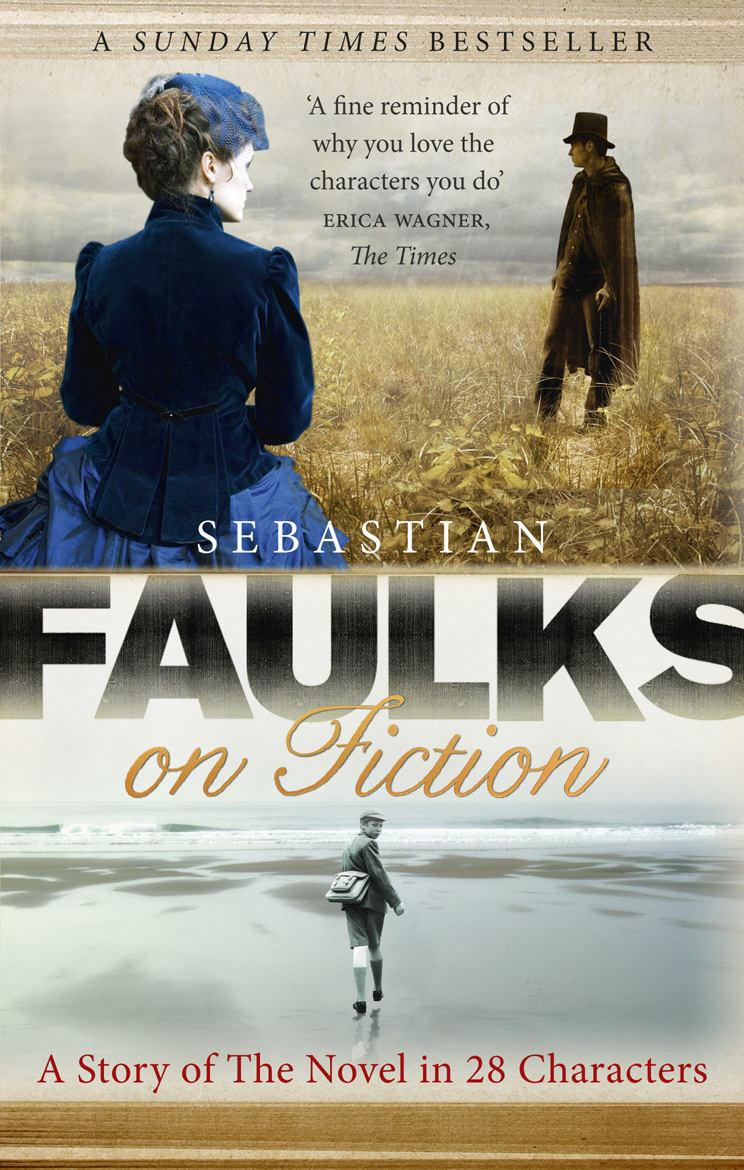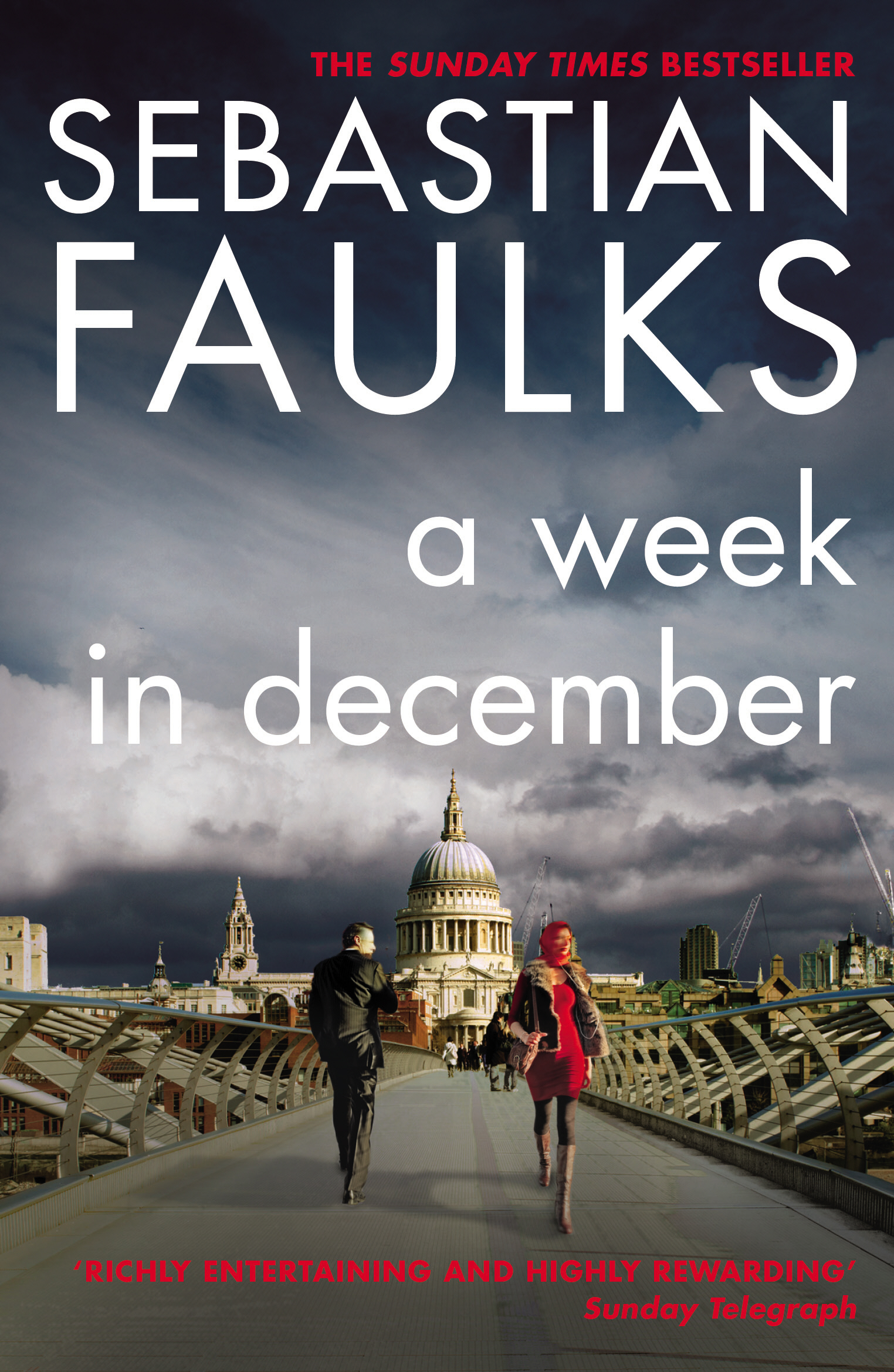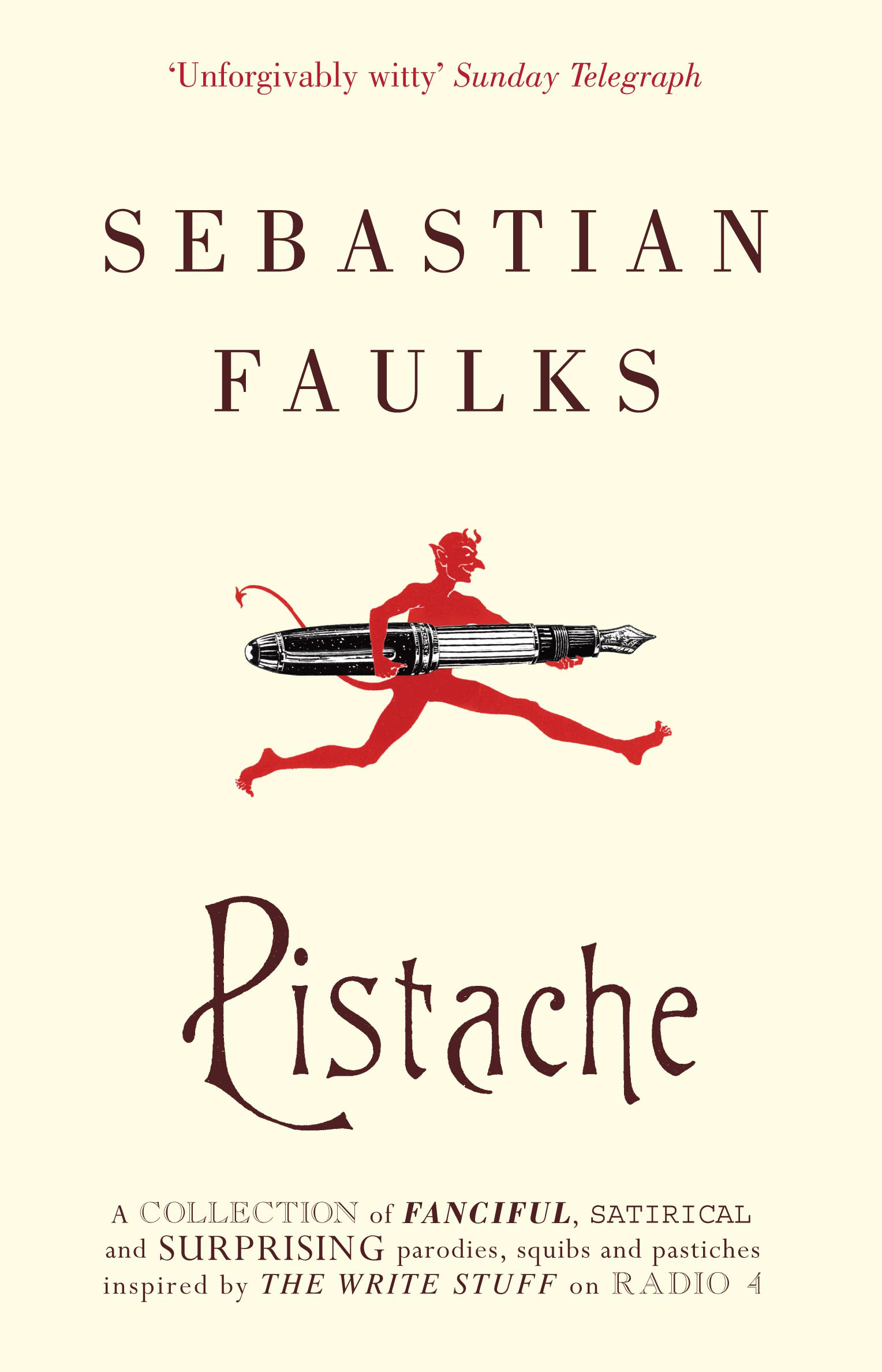Charlotte Gray is the daughter of Captain Gray, Stephen Wraysford’s commanding officer in Birdsong. In her early twenties, she leaves Scotland to come to London, where she wants to help the Allied war effort. She is a highly principled, somewhat reserved character and is not immediately at home in the rackety life of the war-time capital. While working as a doctor’s assistant, Charlotte meets and falls in love with an English RAF pilot, Peter Gregory, whose carefree approach to life and death contrasts with her own deeply considered attitudes. Her command of French and her apparent self-discipline lead her to be recruited by ‘G’ Section, an undercover organisation that is based on the real-life Special Operations Executive (SOE).
When Gregory goes missing over France, Charlotte persuades herself that she can combine her proposed work for G Section with an unofficial search for her lover, and she is dropped by parachute over central western France, ending up in a village called Lavaurette. As a cover, she takes a job working as a maid for an elderly painter called Levade, a former libertine, now a thoughtful and religious man. His long conversations with the much younger Charlotte about art, love and death form the thematic heart of the book.
Levade’s son, Julien, is an architect and also leader of the local Resistance group. Charlotte keeps her true identity – and her true self – hidden from Julien. Her increasingly forlorn hope that Peter Gregory has survived becomes equated in her mind with a desire to keep alive the spirit of France as she has known it – exemplified by the Resistance. Her hope for one depends on her belief in the other.
But Levade is Jewish, and Julien half Jewish. In a frightening scene, officials of the Vichy government interview the deeply francophile Levade in his old house and have him deported to the holding camp at Drancy, near Paris, and thence to Auschwitz to fulfil a ‘quota’ of Jews. Julien goes into hiding, and Charlotte, in a desperate move, goes to Paris to try to rescue two local Jewish boys, André and Jacob. By risking her life in this way, she feels she has proved her devotion to France and to the possibility of its resuming its previous life after the War.
Some readers found the scenes in Drancy and then at Auschwitz, described through the eyes of the boys, almost impossible to read. But Charlotte herself grows in power and understanding; she leaves behind the reserved girl of the opening chapters as for the first time she is able to bring the full force of her character to bear on events. She is finally reunited with her lover, though there is no happy ending. The book closes on a minor chord in which the doorway of an English church during a wedding recalls the final moments of André and Jacob.
The narrative is driven by Faulks’s exploration of Charlotte’s inner landscape (culminating in a confessional ‘recovered memory’ scene with her father) and by his cold-eyed and, for its time, ground-breaking account of French co-operation in the Holocaust. Levade’s letters to Julien as he faces deportation and death in Auschwitz have become well known. Above all, the novel offers, in the person of Charlotte, a tribute to the power of human character under circumstances of extreme duresse.
